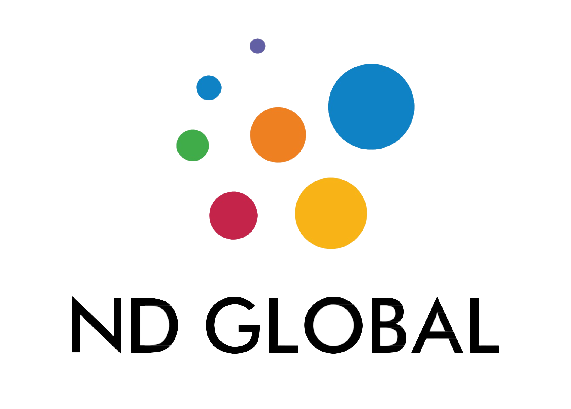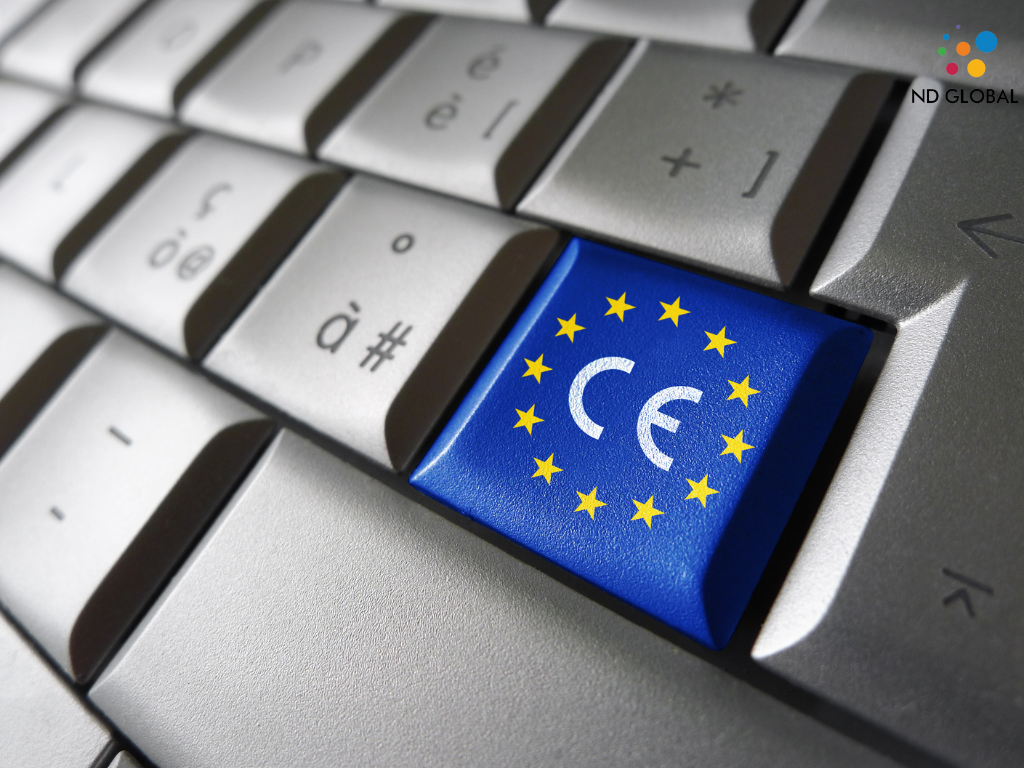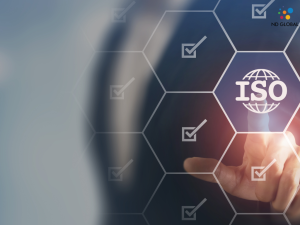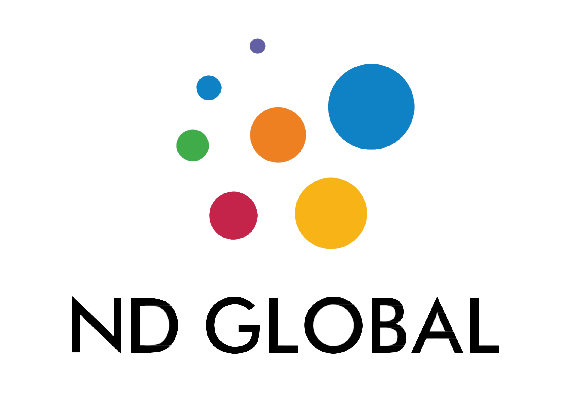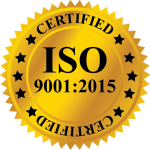Introduction – To legally place a medical device on the market in the European Union, a device must bear the CE marking, which is the manufacturer’s declaration that the product satisfies the General Safety and Performance Requirements (GSPR) of all applicable European Medical Device Regulations. You must classify the device and choose the best conformance evaluation path for your product to know which standards you must meet. This establishes what must be done to show compliance. While some items need to have an independent conformity assessment by a registered organization to make sure they fulfill CE certification requirements, CE marking is not given by a specific regulatory authority like other certification marks. In the end, it is the responsibility of manufacturers to guarantee that the CE mark is appropriately affixed to their products.
What does the CE mark stand for?
A manufacturer must apply the CE mark (definition below) to a product for it to be sold in Europe. For products covered by any one of the 24 European directives, the mark is required. A product’s maker is responsible for making sure it conforms with all applicable European performance, health, safety, and environmental requirements when it has the CE mark on it. The mark is required for all 27 EU nations as well as Liechtenstein, Iceland, and Norway. Some products can be sold in Switzerland with the CE label, and many products in Turkey must have the CE mark.
The products that need to be marked with the CE mark are determined by 24 directives. Diverse requirements are associated with these directives, and multiple directives might apply to a single product. These products include, but are not limited to:
- Medical devices.
- Household refrigerators and freezers.
- Personal protective equipment.
- Radio and telecommunications terminal equipment.
Relevant Standards and Regulations: Understanding the rules and specifications of medical devices is crucial. We’ll go over the key international standards and laws that you should be aware of to comprehend the CE marking procedure properly.
The EU Regulation 2017/745: The current regulation that completely supersedes the old Medical Device Directive (MDD) and the Active Implantable Medical Device Directive (AIMD) is EU 2017/745, generally known as the Medical Devices Regulation or MDR. All of the required processes, transition plans, and justifications are outlined in the regulation. For accurate information, please refer to this rule at all times if you are a maker of medical devices. The guidelines for putting medical devices on the European market went into effect on May 26, 2021, despite being issued in 2017. Transition arrangements, according to MDR, permit certain devices that have already been sold with MDD to stay on the market until May 27, 2025.
As we prepare this article, however, the European Commission suggests delaying the May 26, 2024, MDR deadline for Class III and IIb devices until May 20, 2028, and for Class IIa and I devices until May 20, 2027.
2001/83/EC Directive: Directive 2001/83/EC deals with the marketing of pharmaceuticals for human consumption. Manufacturers must identify the component of a combination product that is primarily responsible for its intended function when medical devices and pharmaceuticals are combined. The medication becomes an essential component of the medical equipment if it enhances its functionality and cannot be utilized on its own. Since the combined product is regarded as a medical device, it needs to comply with EU 2017/745.
2004/23/EC Directive: Human tissue and cell donation, acquisition, testing, processing, preservation, storage, and distribution are all subject to quality and safety criteria established by Directive 2004/23/EC.
Medical devices that have tissues or cells with a secondary activity that are not viable must adhere to MDR standards.
Regardless of the primary function of the components, the portion of the device that contains them must meet the general safety and performance standards of the EU MDR.
ISO 13485:2016: Medical devices — Quality management systems — Requirements for regulatory purposes.
Medical device manufacturers typically follow this standard because doing so implies meeting the QMS standards outlined in the MDR. Adhering to this standard signifies meeting QMS standards, including:
- Quality Manual
- Document and Record control
- Quality management system
- Human resources
- Manufacturers infrastructure
- Contamination control
- Design and development planning, verification, validation, transfer, changes, and files of medical devices
- Evaluation and selection of suppliers
- Servicing activities
- Requirements for sterile medical devices
- Identification and traceability of medical devices
- Complaint handling
- Control of nonconforming products
- Post-market surveillance
ISO 14971:2019: Medical devices — Application of risk management to medical devices.
Based on accepted risk management principles, ISO 14971:2019 was created especially for medical device makers and can be used as a guide for creating and maintaining procedures. MDR mandates the management of risks. Manufacturers can still achieve compliance without having to obtain this ISO certification, though.
FDA 21 CRF Part 820: Medical device makers must adhere to the quality system requirements outlined in FDA 21 CRF Part 820. It is the QMS rule in effect at the moment for medical devices used in the US. Companies that sell medical devices into the US market are required to have a QMS that complies with FDA 21 CFR Part 820 and has FDA clearance.
The QMS requirement of MDR in the European market may be guided by this code of regulation. Nonetheless, because ISO 13485:2016 is a verified standard, most businesses opt to adhere to it.
Steps to get CE Certificate:
Step 1 – Designate an MDR-trained Person Responsible for Regulatory Compliance, and classify your device by MDR classification guidelines.
Step 2 – Put a QMS in place in compliance with the MDR. To comply, most businesses use the EN ISO 13485 standard. Clinical evaluation, post-market surveillance (PMS), and post-market clinical follow-up (PMCF) programs are required components of your QMS.
Step 3 – Assemble the CE Technical Documentation by MDR Annex II and III.
Step 4 – Designate a European Commission Representative (EC REP) and get a Single Registration Number (SRN) from the authorities through EUDAMED.
Step 5 – Your QMS and Technical Documentation must be audited by a Notified Body, an impartial third-party conformity assessment body appointed by European national authorities to conduct audits on medical device companies and products within the meaning of applicable EU legislation, for all devices except Class I (self-certified).
Class I (self-certified) devices do not require involvement from a Notified Body.
Step 6 – After your Notified Body audit is completed, you will receive an ISO 13485 certificate for your facility and a European Community (EC) CE marking certificate for your device, except Class I (self-certified) devices.
Step 7 – Create a Declaration of Compliance (DoC), which is a legally binding declaration from the manufacturer attesting to the device’s compliance with applicable European regulations, in line with Annex IV of the MDR. At this point, you can apply the CE mark.
Conclusion: Navigating the regulatory landscape for medical devices in the European Union requires meticulous attention to detail and a thorough understanding of the applicable standards and directives. From the initial classification of the device to the final application of the CE mark, each step in the process is essential to ensuring compliance and market readiness. As the landscape of medical device regulations continues to evolve, staying informed and proactive is paramount for manufacturers seeking to navigate the European market successfully. By embracing compliance as a cornerstone of their operations, companies can build trust with regulators, healthcare professionals, and patients alike, ensuring that their innovations make a positive impact on healthcare delivery and patient outcomes.
How ND Global Can Help: ND Global is here to support manufacturers every step of the way, ensuring a smooth and efficient journey to compliance and market readiness.
- Regulatory Expertise: Our team includes regulatory specialists who are well-versed in the latest European Medical Device Regulations (MDR). We can provide guidance on classification, conformity assessment, and documentation requirements to ensure compliance with all applicable standards and directives.
- Quality Management Systems (QMS): We assist manufacturers in implementing QMS frameworks that meet the stringent requirements of the MDR. Our expertise in standards such as ISO 13485 ensures that your QMS is robust and aligned with regulatory expectations.
- Notified Body Audits: ND Global can facilitate the audit process with notified bodies, ensuring that your QMS and technical documentation meet regulatory standards. We help streamline the audit process, saving you time and resources while ensuring thorough compliance.
- European Representation: Our services include acting as your European Commission Representative (EC REP) and facilitating communication with regulatory authorities. We ensure that your interactions with authorities are smooth and transparent, minimizing any potential roadblocks in the certification process.
- Training and Education: ND Global offers training programs to equip your team with the knowledge and skills necessary to navigate the regulatory landscape effectively. From MDR compliance to risk management, we provide comprehensive training tailored to your specific needs.
- Continuous Support: Our commitment to your success doesn’t end with certification. ND Global provides ongoing support to help you maintain compliance, address any regulatory changes, and navigate post-market surveillance requirements.
